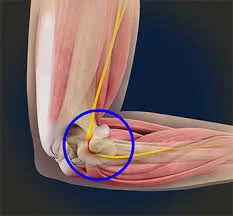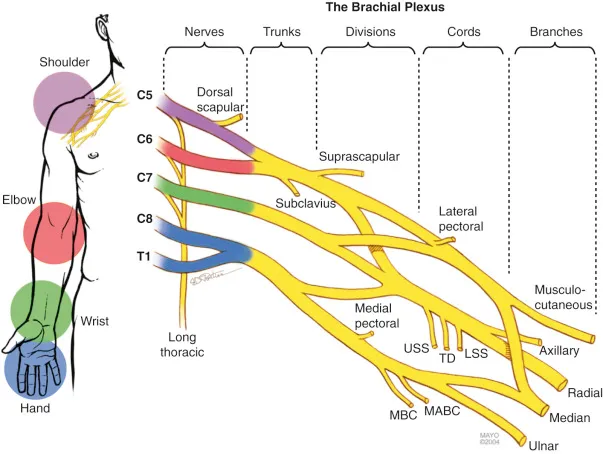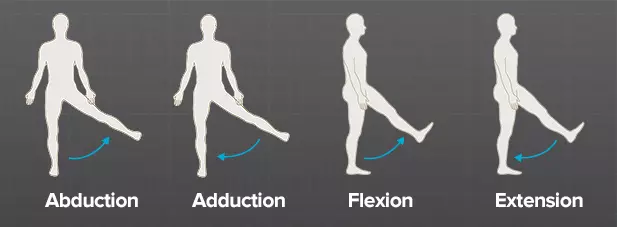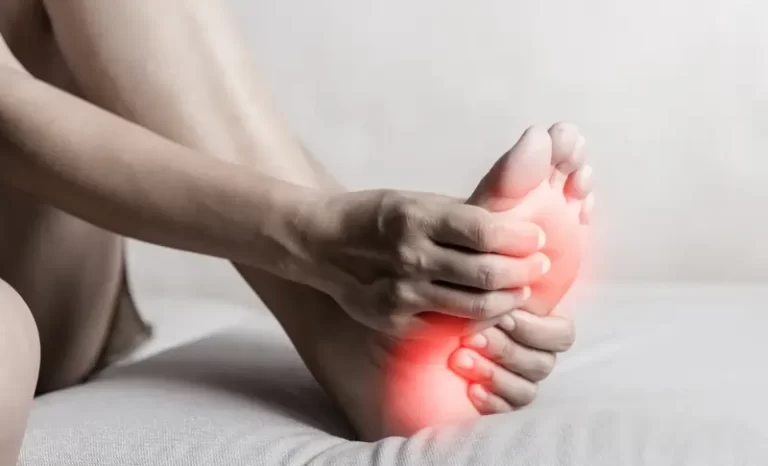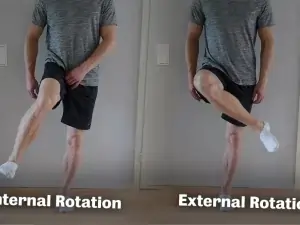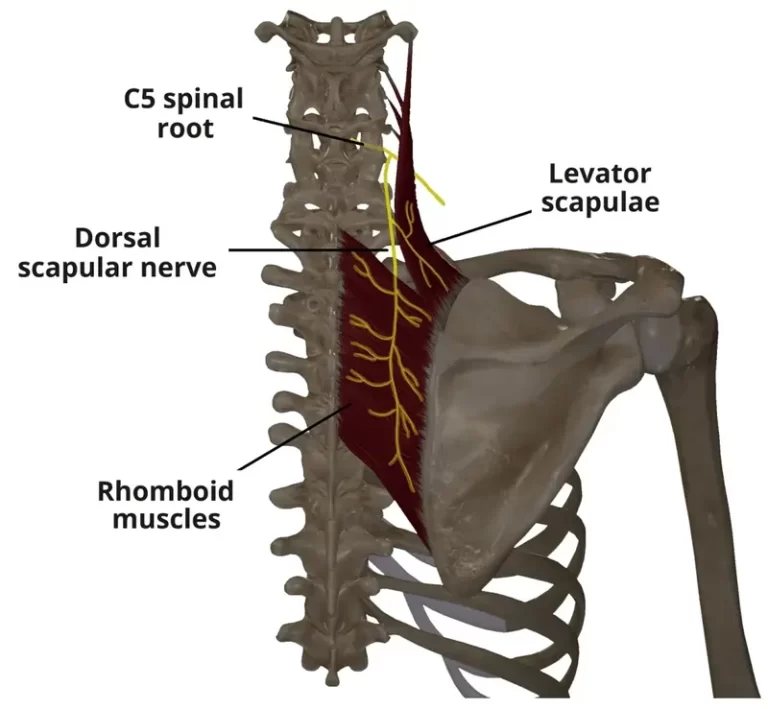15 Best Exercise For Anterior Pelvic Tilt
Introduction: Exercises For Anterior Pelvic Tilt are an essential part of your entire treatment plan. Depending on the individual’s assessment, these exercises should mainly include resisted exercises for weak muscles and stretching exercises for tight muscles. A postural imbalance known as anterior pelvic tilt (APT) results in an abnormal curvature of the lower back when…



